Indications:
●Lowering LDL cholesterol and triglycerides in the blood
●Raising HDL cholesterol levels
●Slowing down the progression of atherosclerosis
●Reducing the risk of heart attack, stroke, and associated heart complications
●Managing cholesterol levels in patients with hypercholesterolemia and mixed dyslipidemia
●In conjunction with diet change in the treatment of familial hypercholesterolemia
Administration Guidelines
●Oral Tablets: Pravastatin should be taken orally, once daily, with or without food. To gain the most benefit, it is essential to take the medication at the same time each day. Dose adjustments are usually based on individual response and tolerance to the medication. Consistency in administration is crucial for maintaining steady-state levels of the drug in the body and ensuring its maximal therapeutic effect.
Administration Details
Dosage Forms:
●Oral tablets
●Available in several strengths, commonly ranging from 10 mg to 80 mg.
Dosage:
●Pravastatin doses are individualized based on the patient’s current LDL levels, the goal of therapy, and patient response. The typical starting dose is 10 to 20 mg once daily. Your healthcare provider might increase your dosage over time to control your cholesterol levels better. The usual maximal dose for adults is 80 mg daily.
Safety Precautions
●Pregnancy and Breastfeeding: Pravastatin is classified under pregnancy category X, which means it should not be used during pregnancy as it may harm the fetus. It should also not be used when breastfeeding due to the potential for serious adverse reactions in nursing infants.
●Liver Function: Pravastatin can affect liver function, hence liver enzyme levels should be monitored before and during treatment. Patients should report any signs of liver problems, such as jaundice or darkened urine.
Drug Interactions
●Pravastatin may interact with other lipid-lowering therapies, certain antibiotics, antifungals, immunosuppressants, and antivirals, increasing the risk of muscle problems and kidney damage. Discussing all medications with healthcare providers to adjust doses and monitor for signs of drug interactions is crucial.
|

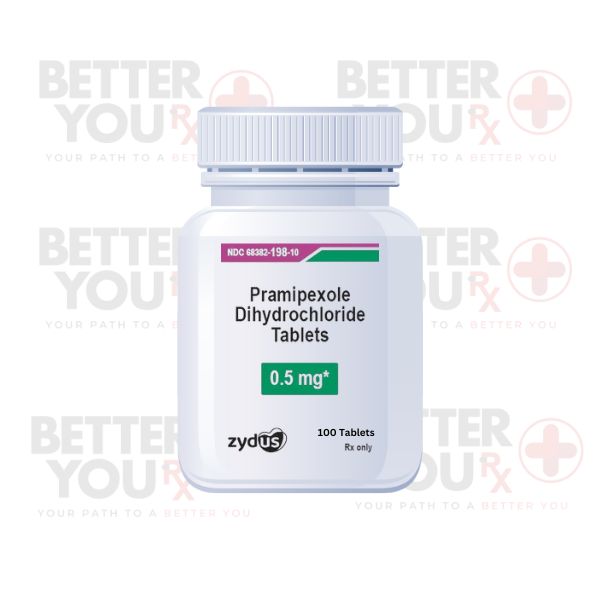

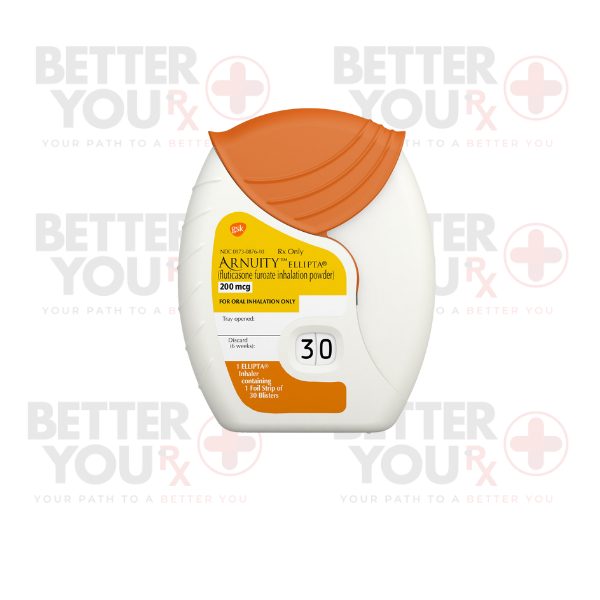
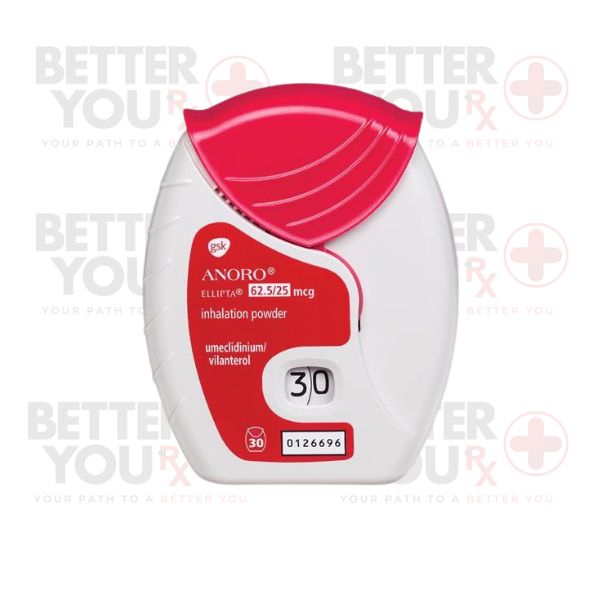


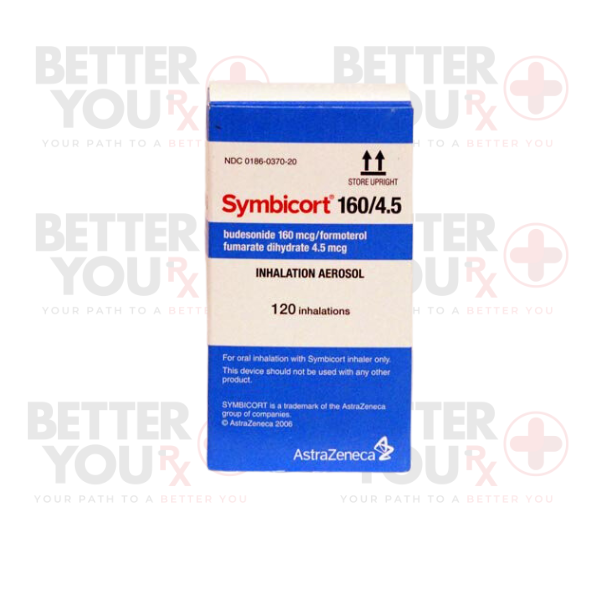
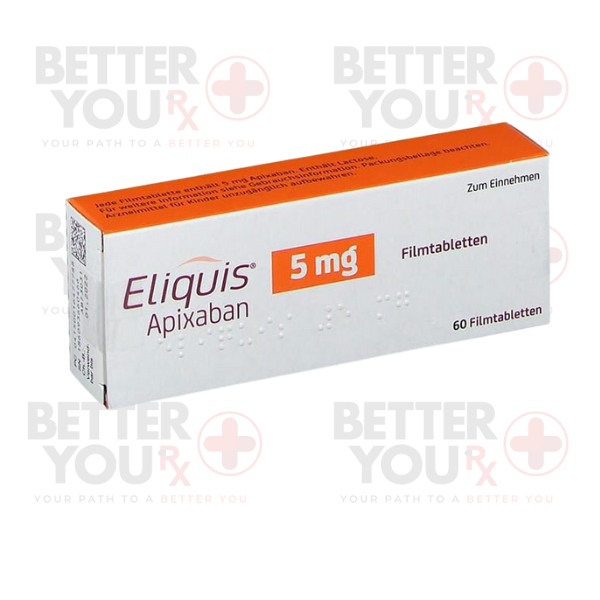
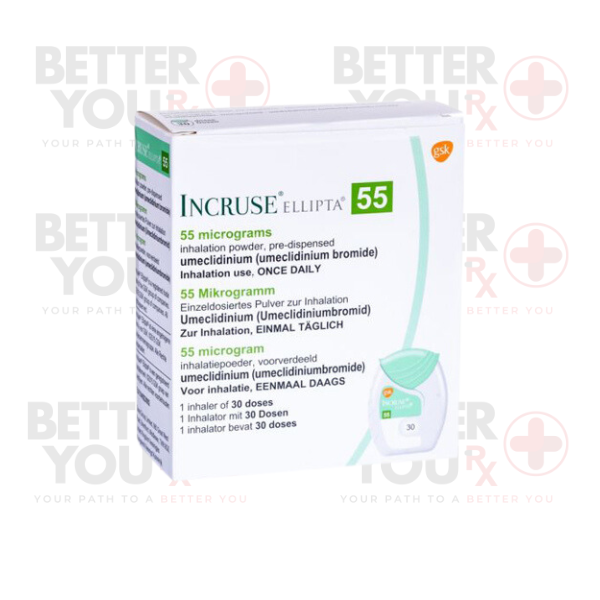
Reviews
There are no reviews yet.